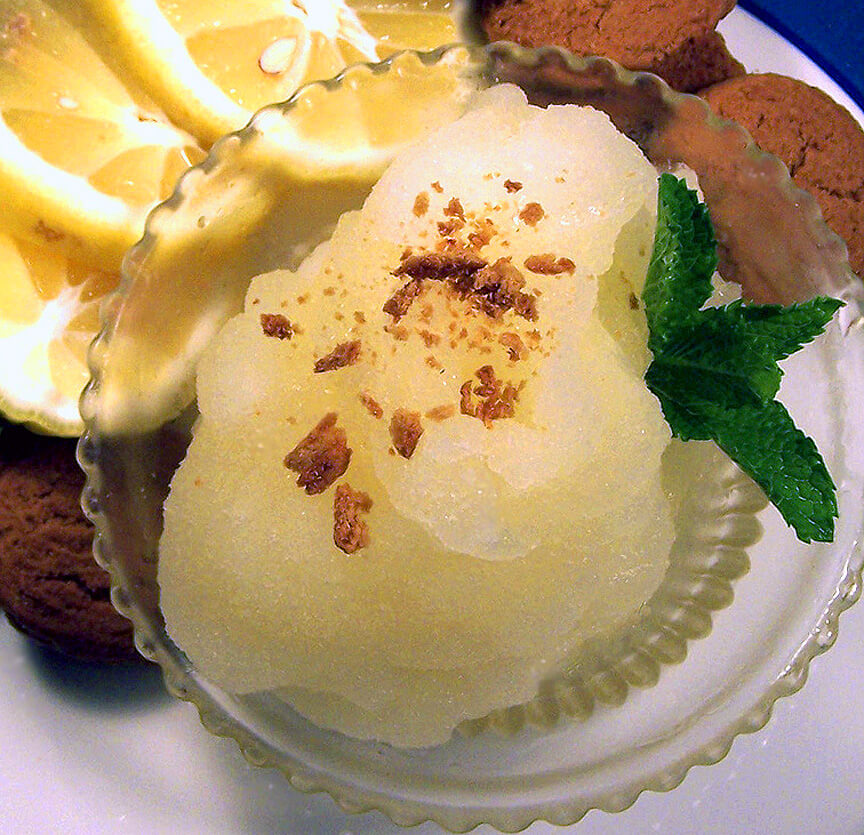In August, 1905 a Dutch immigrant, horticulturalist and fitness buff became the first plant explorer hired by the USDA’s newly-created Office of Foreign Seed and Plant Introduction to travel the globe in search of plants useful for American agriculture. The first expedition (he undertook three others through 1918) through China, Manchuria and Korea in 1905 was daunting, to say the least, but Meyer was an enthusiast if not to say fanatic, and the constant travel on foot, the weather, the tumultuous politics and the Spartan living conditions were simply taken in stride.
In the Far East Meyer discovered the eponymous plant now most widely recognized by the general public (horticulturalists are also familiar with Meyer zoysia grass). Though Meyer failed to take note of its origin, he probably purchased the ornamental lemon plant from a nursery in Fentai near Peking. Meyer lemon (Citrus x limona ‘Meyer’ or citrus x meyeri) is most likely a hybrid between Citrus limon, the true lemon, and C. reticulate, the mandarin orange. While the Meyer lemon is larger, juicier and more cold tolerant than true lemons, it doesn’t ship well and has never been widely adopted by the citrus industry. In time, it has become successful in limited local marketing and has become a gourmet selection for any number of culinary uses.

